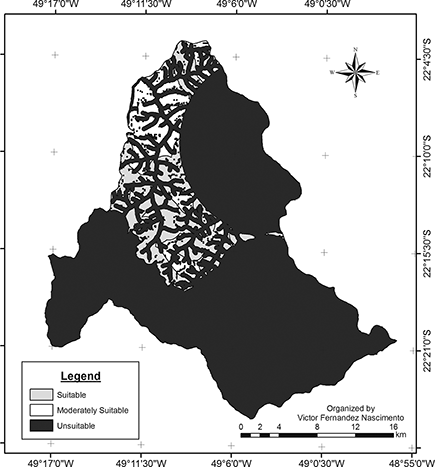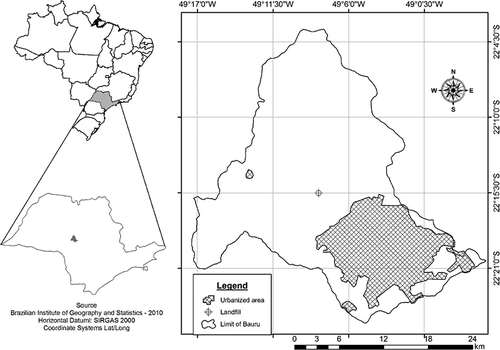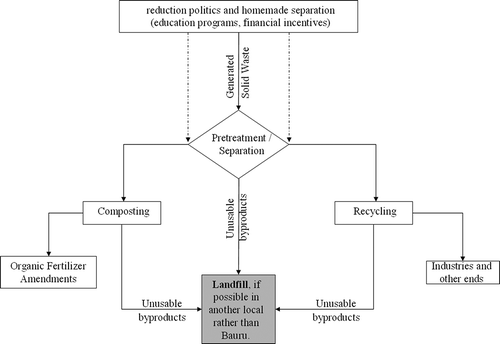Figures & data
Figure 3. Monthly values of temperature and rainfall for Bauru municipality (Center of Meteorological and Climatologic Researches Applied in Agriculture, 2010).
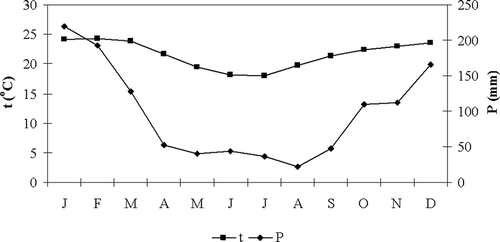
Table 1. Minor criteria considered in major restrictive for identification of suitable areas for installation of the landfill in Bauru
Figure 4. Maps depicting all restrictive features considered for study area: (a) river network, (b) wells, (c) slope map, (d) areas with ecological restrictions, and (e) buffer of urban settlements.
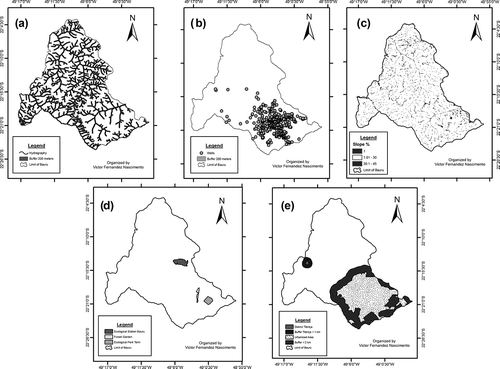
Table 1. Minor criteria considered in major limiting for classification of areas for installation of the landfill in Bauru as being suitable or moderately suitable
Figure 5. Limitation features: buffer map of airports (a), environmental protection areas (b), wind directions (c), and highway and streets network (d).
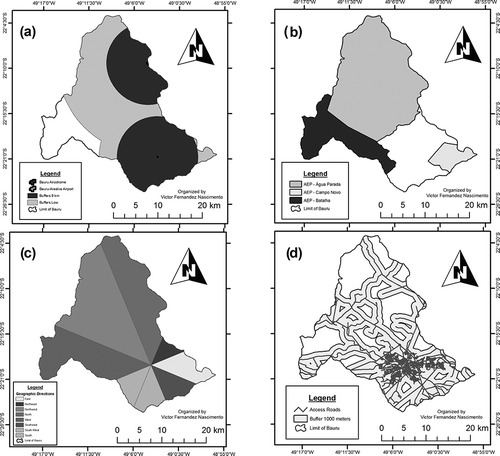
Figure 6. Scenario generated considering all restrictive and limiting features, but considering a buffer of 9 km for airports.
